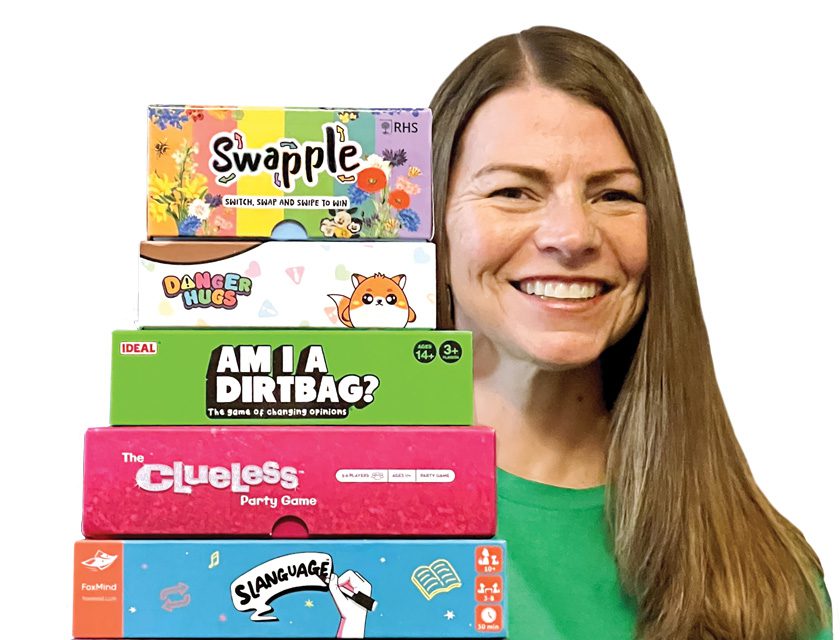
USPTO-led discussion highlights American games’ colorful history while providing guidance on IP and challenges for inventors
The joy of opening a lovingly wrapped game of Monopoly or Scrabble is an enduring holiday memory. It’s also an ongoing constant—part of a robust tabletop games market that offers great rewards and risks for inventors.
According to Allied Market Research, the global tabletop market was most recently valued at $2.5 billion in 2021 and projected to reach $4.1 billion by 2031. Protecting these creations through intellectual property (IP) has never been more important.
Today’s tabletop games run the gamut from classic board, card and dice games to sophisticated digital miniature war games and role-playing games with beautiful artwork and ingenious original stories. The pandemic that kept millions of Americans indoors, along with online platforms such as BoardGameGeek, have helped fuel this cultural explosion that USPTO historian Rebekah Oakes says could be the second golden era of tabletop games.
A recent USPTO panel discussion, “Don’t Roll the Dice on IP: Creativity in the Tabletop World,” explored the rich history and contemporary challenges of protecting creative ideas in this flourishing industry. Oakes provided a backdrop by highlighting game patents and trademarks dating to the 1800s. The panel, moderated by USPTO supervisory patent examiner Ramon Mercado, also included Restoration Games President Justin Jacobson and IP attorney Brian Chellgren.
Oakes discussed how tabletop games dating to ancient Egypt set the foundation for today’s American market and the need for IP protections. In the context of American creators and manufacturers contributing some of the most popular and well-known games over the past 200 years, “the intellectual property system offered more options for protection for creators and inventors of games than ever before.”
She said games “draw influence from their lived experience, and they also draw influence from what a society wants and needs.”
One constant with tabletop games through the centuries is that they often evolve from or borrow from previous iterations—much like innovation in general. This poses opportunities as well as cautions, Chellgren explained.
He noted that the book, “The Wonderful Wizard of Oz,” was published in 1900 and within the public domain. However, the 1939 movie “The Wizard of Oz” is not in the public domain.
“In the original book, Dorothy’s slippers were silver. The movie studio decided to make the slippers ruby or red, to be more visible against the yellow brick road.
“So … say I want to make a game, or even let’s say I want to make a product like a flower vase and I want to have something relating to ‘The Wizard of Oz’ on it. I should have Dorothy wearing silver slippers— not ruby slippers—if I want to make sure that all the work I’m using is in the public domain.”
Jacobson said when his company is working with a game that has aspects of previous versions, he tries to contact the original designer.
“Even if they don’t have any protectable legal rights, we think it’s just the right thing to do … It can eliminate a lot of ambiguities about where certain pitfalls might be for another property.”
Moderator Mercado encouraged getting legal representation whenever possible and to attend the USPTO’s Trademark Basics Bootcamp sessions, where much of these issues are discussed.
To see the entire “Don’t Roll the Dice on IP: Creativity in the Tabletop World”: youtube.com/watch?v=xgDx0K6vB7g
The next installment in the virtual “Don’t Roll the Dice” series, “Battling Fakes in the Tabletop Industry,” will be December 12, 2024 from 4 p.m. to 5 p.m. ET. It will address challenges posed by unauthorized copies and counterfeit games. Register at www.uspto.gov/events.



